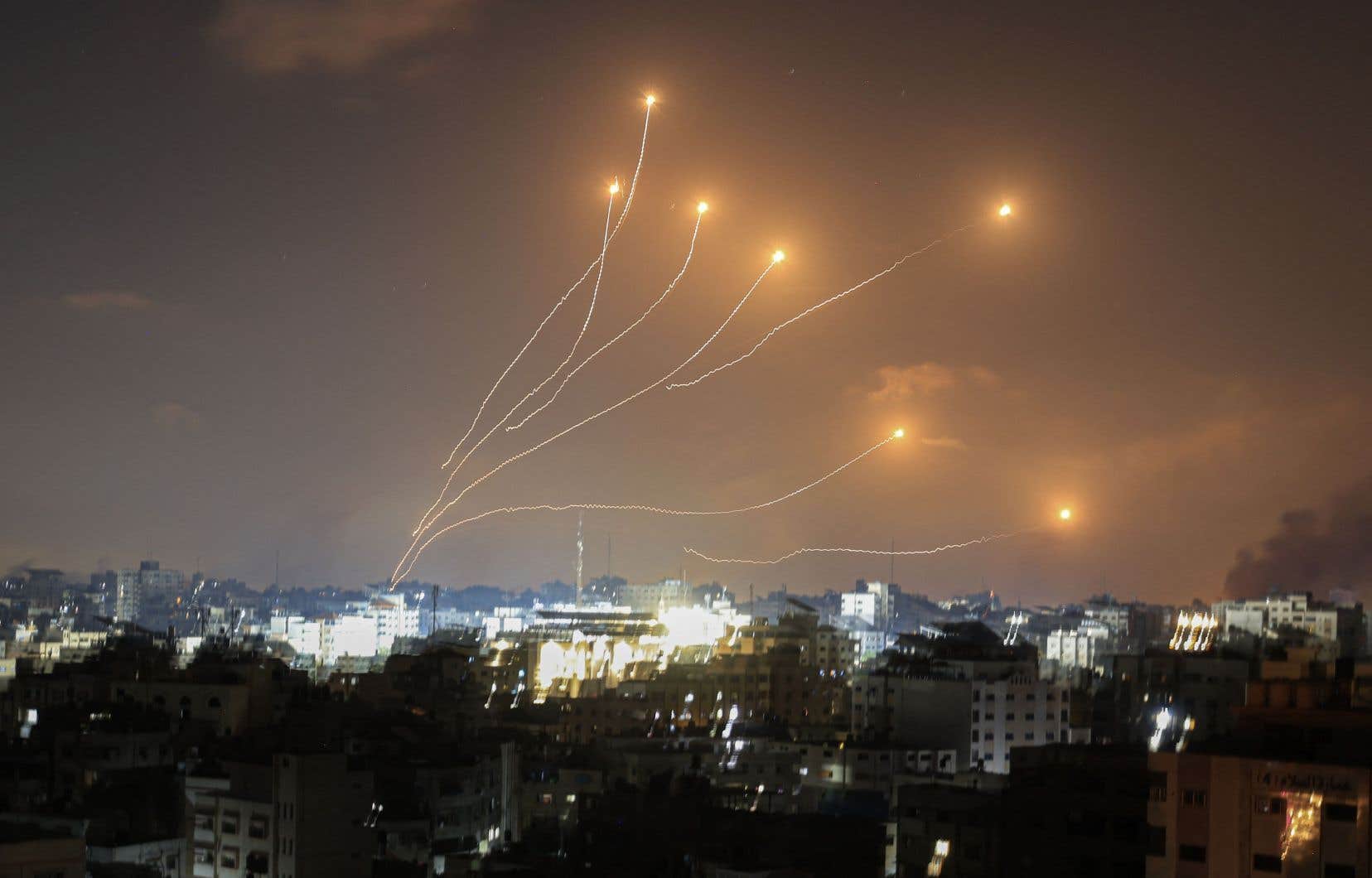I was listening this week The Dailythe podcast of New York Times on the conflict between Israel and Hamas and something immediately struck me: only the Israeli point of view was reported, including only Israeli speakers (episode War in Israel from Monday October 9). I then went to visit the title page of the Qatari newspaper Al Jazeera to see a completely different headline than what the New York Times reported: “The Take: Where do you go when Israel strikes down your home in Gaza? » (Free translation: “where to go when Israel attacks your home in Gaza”). The listener therefore forms a view on articles which paint different and incomplete portraits of the conflict.
It is not a question here of debating the conflict, but rather of highlighting the importance of framing and its results and effects on public opinion. It seems to me that a media must be impartial, neutral and report the information as it is. However, I have noted that several headline pages of major international media continue to characterize Hamas members as “terrorists”, while others do not. This is a choice that raises questions considering that several researchers believe that the concept only serves to create a label that allows certain political programs to be pushed (to the detriment of others) and emphasize that its value is limited only to its character. encouraging controversy.
In my opinion, this term is just one form of political violence among others and only helps to prioritize the violence used – that perpetrated by the State being considered legitimate and that perpetrated by other entities, not. Indeed, once all Hamas members are designated as “terrorists,” the violence they commit is automatically classified as illegitimate. Conversely, the violence that Israel has used since its creation is shown to be legitimate. This question of legitimacy constitutes a debate in itself, but many establish that violence would be illegitimate when directed towards civilians. On the other hand, a Hamas leader might answer this question that there are no civilians in Israel because every citizen is required to serve in the army.
We must take into account that ultimately, Hamas tactics were used by certain American officers responsible for training the Contras (opponents of the Sandinista regime) in Nicaragua. What makes them different, then? The legitimacy of the use of violence or the fact that instead of resorting to ordinary criminal procedures, states use special legal or security regimes? By these examples, let us be clear, I am not trying to advocate violence. On the contrary, I try to clearly show the incongruities and manipulations of the discourse offered by the media.
On the other hand, instead of emphasizing a war by the Israeli state against Hamas, several media outlets are proposing the idea that this attack was propelled by all Palestinians by calling this war “Palestine against Israel.” This contributes to reinforcing a typology of the Arab – and more broadly of the Arab and Muslim world – as “barbaric” and “archaic” and, ultimately, this contributes to their stigmatization.
I have used terrorism here to show how even a frequently used (and little questioned in the media) concept can form a specific perception of certain complex events. I believe that this framing of information can be harmful and contribute to fueling echo chambers. By the same token, I would like to emphasize that the way in which the media share information on this conflict illustrates and above all confirms the importance of always consulting several media before forming an opinion.
